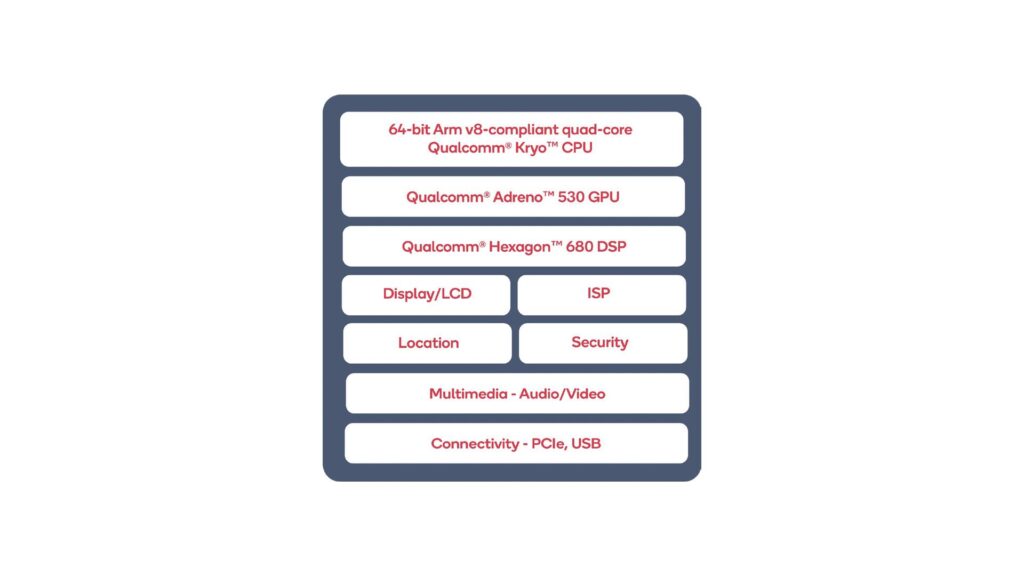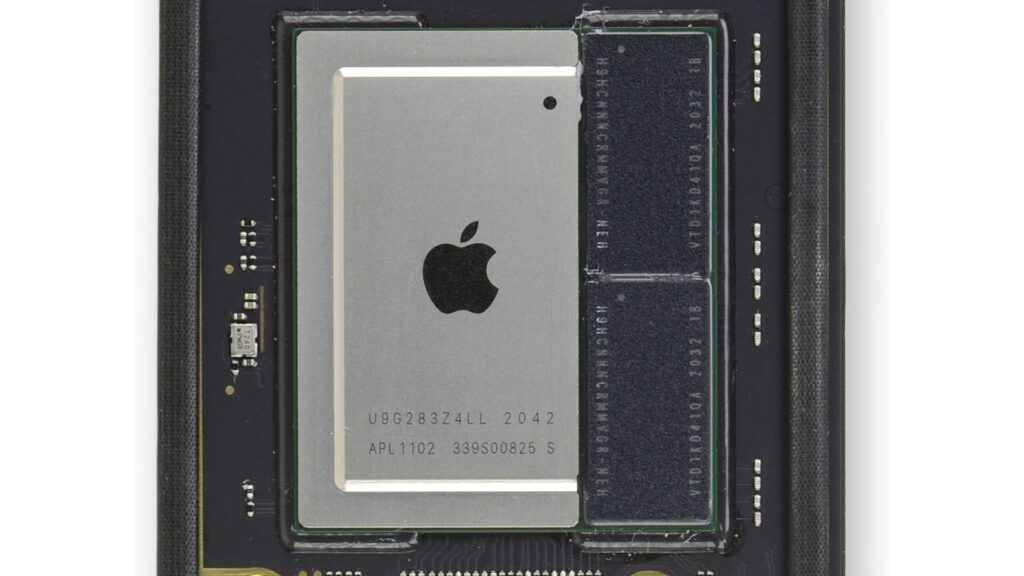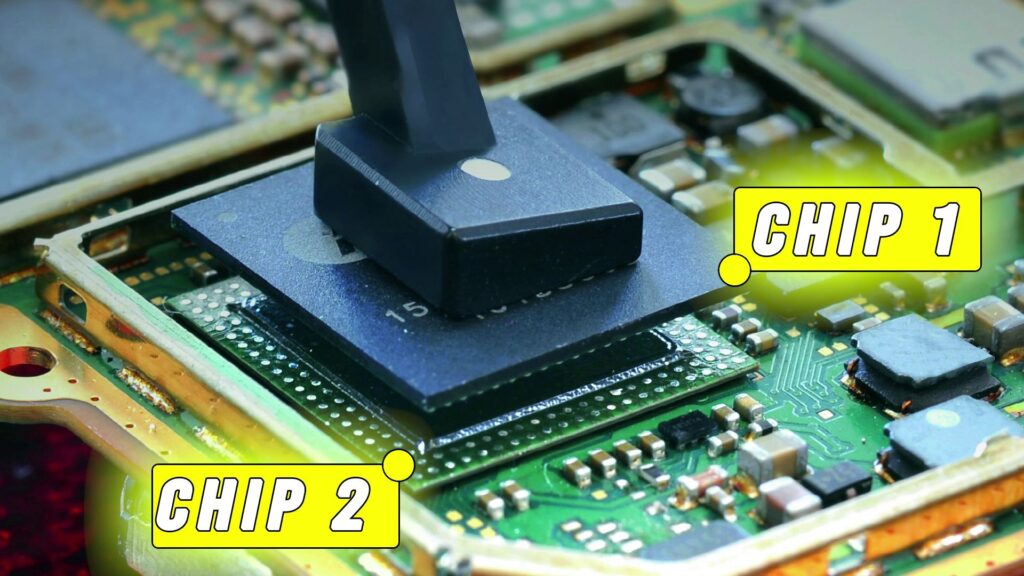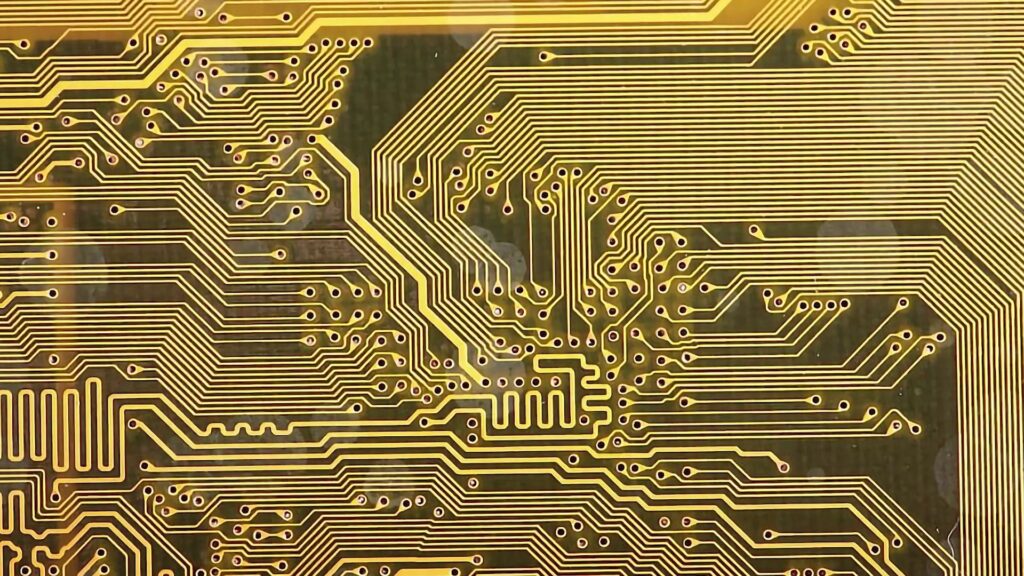In the world of technology, processors and System-on-Chip (SoC) are two terms that often get used interchangeably. However, they are distinct components with unique functionalities and purposes. In this article, we will explore the differences between processors and SoCs, their applications, and the advantages they offer.
Don’t Miss: [FIX] Laptop Crash Randomly: Hardware Issue?
What Is SOC? The Brains of the System
A processor, also known as a Central Processing Unit (CPU), is a standalone component responsible for executing instructions and performing calculations in a computing system. As of now most laptops and desktops we are using x86 CPUs. X86 represents its architecture. A System-on-Chip (SoC) is a single integrated circuit that incorporates various components of a computing system on a single chip. In addition to the CPU, an SoC can include a memory controller, GPU, modem, Wi-Fi/Bluetooth modules, camera interfaces, audio controllers, and even security modules. Some SoCs also integrate storage and RAM, further reducing the physical footprint. Basically, CPU is just a component of a SOC.

System-on-Chip (SoC): Power and Integration
SoCs are prevalent in smartphones, Internet of Things (IoT) devices and Robotics. Their integration and power-efficient design make them ideal for compact, portable devices. SoCs are versatile, capable of handling a wide range of tasks.

As I have mentioned before that SOCs may have RAM and storage integrated but the SOCs used in our Android phones and iPhones, as well as the M2 chips used in Apple’s new MacBooks, are indeed very powerful chips. In these chips, the RAM and secondary storage are physically separated.

These components can be mounted on top of the SOC using a POP (Package-on-Package) configuration, or they can be mounted near the SOC on the motherboard itself.

SOCs Architecture & Performance
You might think how is it possible to fit so many components or modules into a single chip. Well, the processors inside the SOCs are not as bulky as the processors in desktops and laptops. Their transistor counts are relatively lower because they are not designed to handle complex instruction sets. SOCs are designed on the ARM architecture. They can process smaller and simpler instruction sets easily. If we consider mobile apps and the Android and iOS operating systems, they are also written for ARM architecture. While on paper they may be slower than laptop and desktop processors, but as end users, we won’t notice much of a difference. SOCs aren’t slow either.

Apple Stuck in Hexa Core & Android is On Octa Core: Why?
Higher isn’t always better. Apple already proved that. Let’s take an example, many people still using iPhone 10 and on top of it they are satisfied with its performance. How? What about A16 Bionic chip used in the iPhone 14 Pro and 14 Pro Max. It is a hexa-core chip, whereas in the Android world, we often see octa-core SOCs being used without clear optimizations.

One of the challenges with Android SOCs is that the same SOC has to work with different hardware and software configurations for different smartphones. On the other hand, Apple designs a specific SOC for its specific lineup of devices, ensuring that the hardware and software are tightly integrated and optimized.
Advantages Of SOCs: Power Consumption
SOCs (System on Chips) have significantly lower power consumption and heat production compared to laptop and desktop’s X86 processors. With X86 architecture these processors can handle complex instruction sets without any problem. As a result, they tend to be more power-hungry and generate more heat.

Surely, you wouldn’t want your phone to have only a 10-minute battery backup. If that were the case, the phone would become so hot that you could even fry an egg on it.
Don’t Miss: CPU Overheating? Your CPU Cooler Might not Enough
In summary, SOCs are more power-efficient and generate less heat, while X86-based processors are more capable of handling complex tasks but consume more power and produce more heat as a trade-off.
What is ARM?
ARM processors are a family of microprocessors based on the ARM (Advanced RISC Machines) architecture, which is a type of Reduced Instruction Set Computing (RISC) architecture. ARM processors are designed by ARM Holdings, a British semiconductor and software design company. They don’t manufacture SOCs (System on Chips) and processors. Instead, companies like Apple, Snapdragon, and MediaTek purchase designs from ARM and then modify them according to their need. These modifications can sometimes be minor, but in many cases, they can be quite significant. The extent of modifications depends on the specific purpose of the SOC and the requirements of the company using it.
Processor: Integration and Evolution
Now you must have understood the difference between a processor and an SOC. A processor is an individual component. Unlike SOCs, it does not include audio controllers, radio modules, and other components.
Indeed, processors have also undergone integration. Cache memory, which used to be a separate chip known as SRAM, was integrated into the CPU die. Previously, the cache was a separate component that users had to install themselves on the motherboard as shown in the picture below. The selective part is the SRAM now known as cache memory.

And yes, the memory controller, which was traditionally a seperte chip and a part of the motherboard and you probably know it as the Northbridge. Now it is integrated into the CPU itself. The Northbridge used to handle high-bandwidth lanes like AGP, PCI-EXPRESS bus, and memory bus (RAM lanes).

Why This Integration?
Here, a question definitely arises: it would be easier to replace or repair components if all the modules are separated each other. Maybe you’re right but let’s understand one thing: by integrating multiple components aka modules into a single chip, the distances between them are minimized resulting reduced wire lenth. This leads to lower latency and faster data transfer between the components. Moreover, integrating components on a single die reduces the overall complexity of the system, making it more power-efficient and cost-effective to manufacture.

Conclusion
Processors and SoCs are integral components of modern computing devices, each with its unique strengths and applications. Processors serve as the core brain of a computer, while SoCs offer powerful integration and power efficiency, making them ideal for smartphones and IoT devices. As technology continues to advance, SoCs will likely play an even more significant role in shaping the future of computing.
